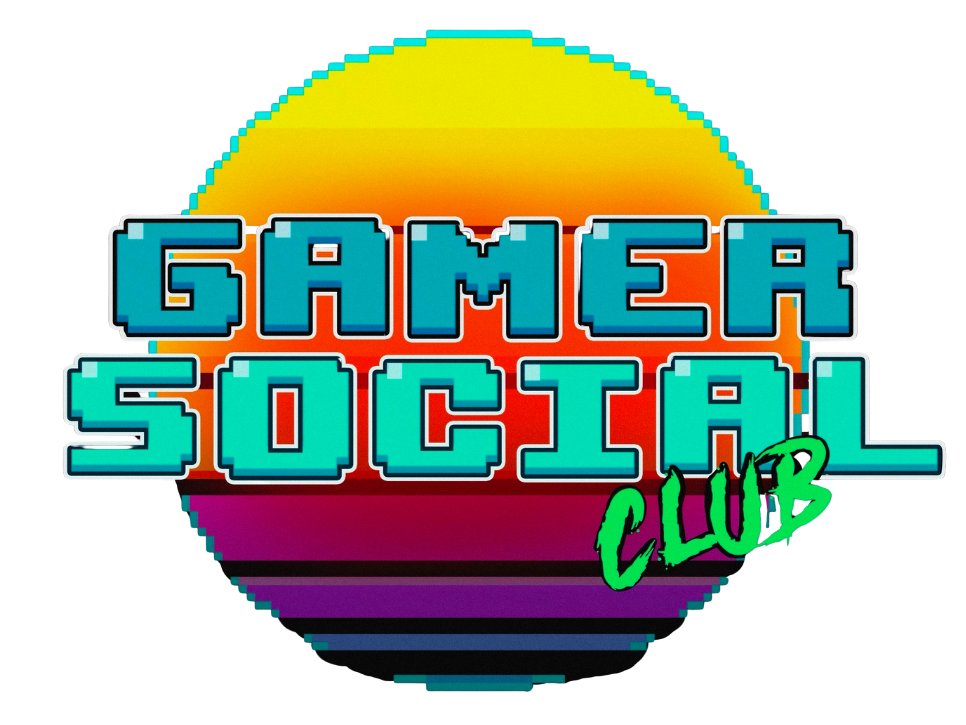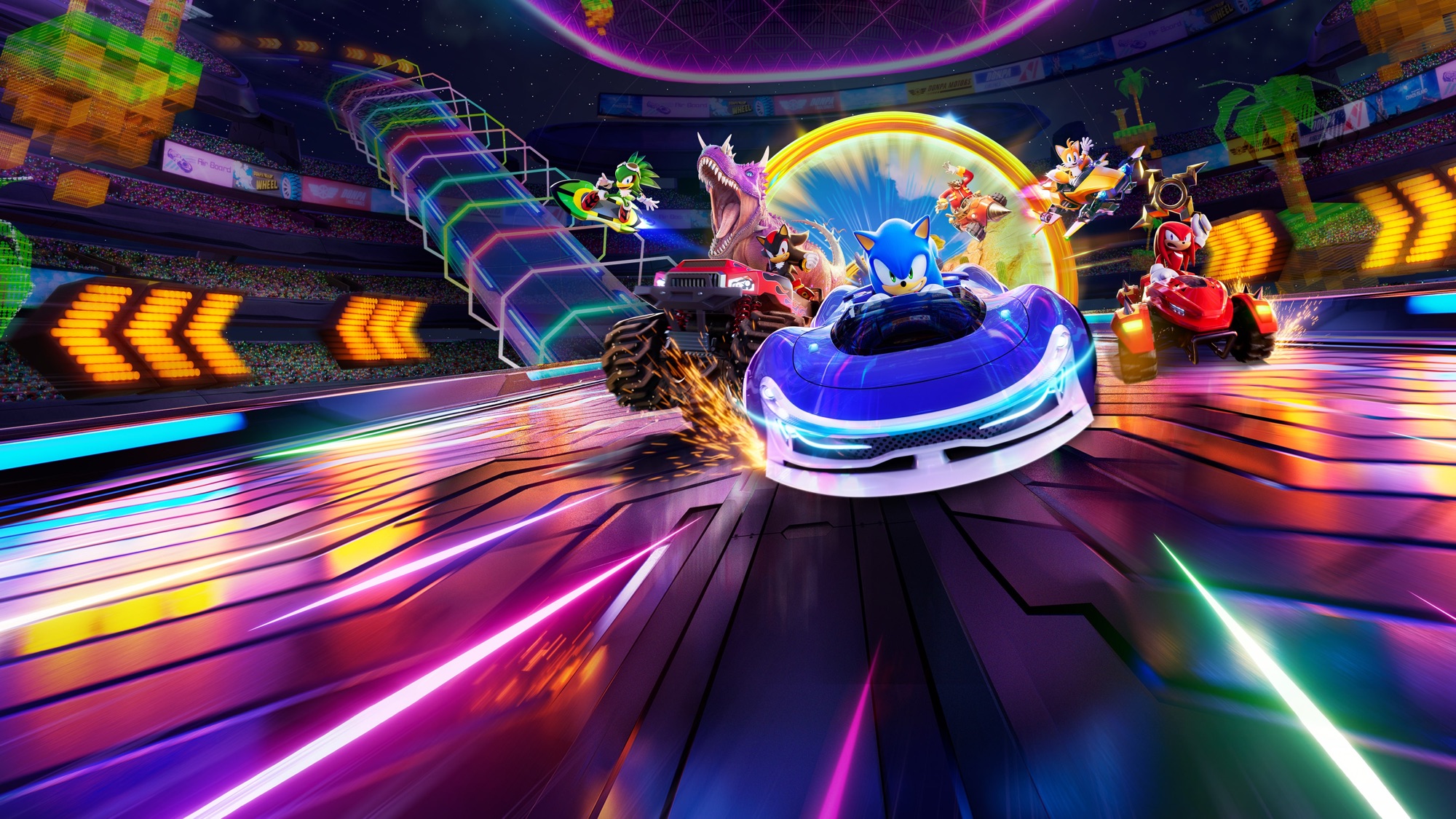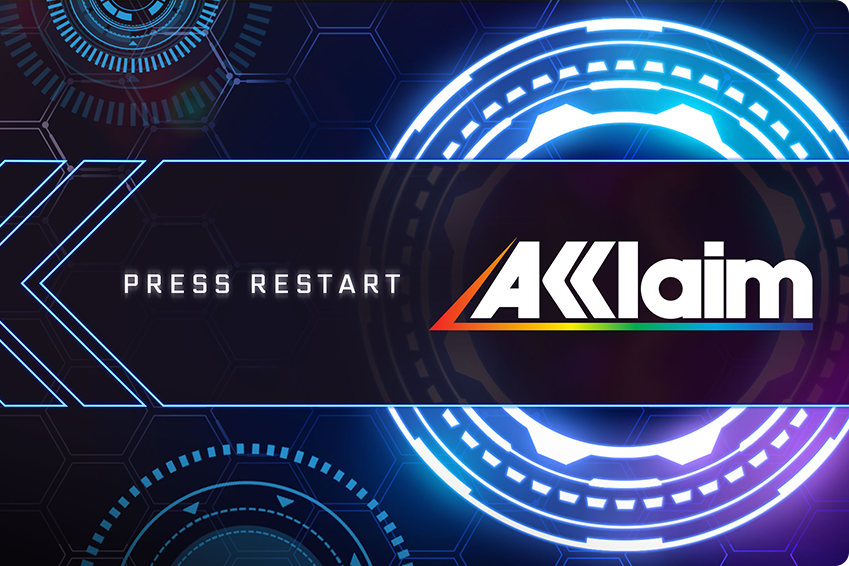The original Hollow Knight took the gaming world by storm back in 2017 with it’s engaging gameplay, striking art style and impressive world building among other things. It’s often rated among the greatest Metroidvanias out there. Fast forward 8 years later and the game’s sequel, Hollow Knight: Silksong released after much anticipation. Saying lightning struck twice with Silksong is an understatement as Silksong ups the ante on what was already a very impressive game in every way.
With a great sense of exploration, a simple yet highly varied combat system and a stronger protagonist and story than the first game along with that same striking art style still intact, Silksong isn’t just a worthy follow up, it’s a superior one.
Story
Hornet, the younger sister of the knight from the first game finds herself captured by a group of veiled bugs. After an unknown flying creature frees her and she begins to regain her strength, she finds that she’s been transported to the distant kingdom of Pharloom. Figuring that her ability to create silk naturally is the reason she was taken, Hornet ventures out to confront those who captured her and in the process grows to want to save the cursed land of Pharloom and it’s suffering inhabitants.
Pros
The first Hollow Knight had somewhat of a more vague plot until you got later in the game and it went off lore and world building to tell alot of it’s story. While those aspects are still present, the story overall in Silksong is presented much better and alot of that has to do with Hornet being a good protagonist. The knight in the first game was a silent protagonist who mostly had one goal they were set on throughout. Hornet as a protagonist is far more fleshed out. While she’s still the fierce warrior we know from the first game, she also shows she has a great deal of compassion after coming to understand the plight the denizens of Pharloom are facing and is portrayed as more openly heroic than the knight who never really gave off a vibe as being good or evil.
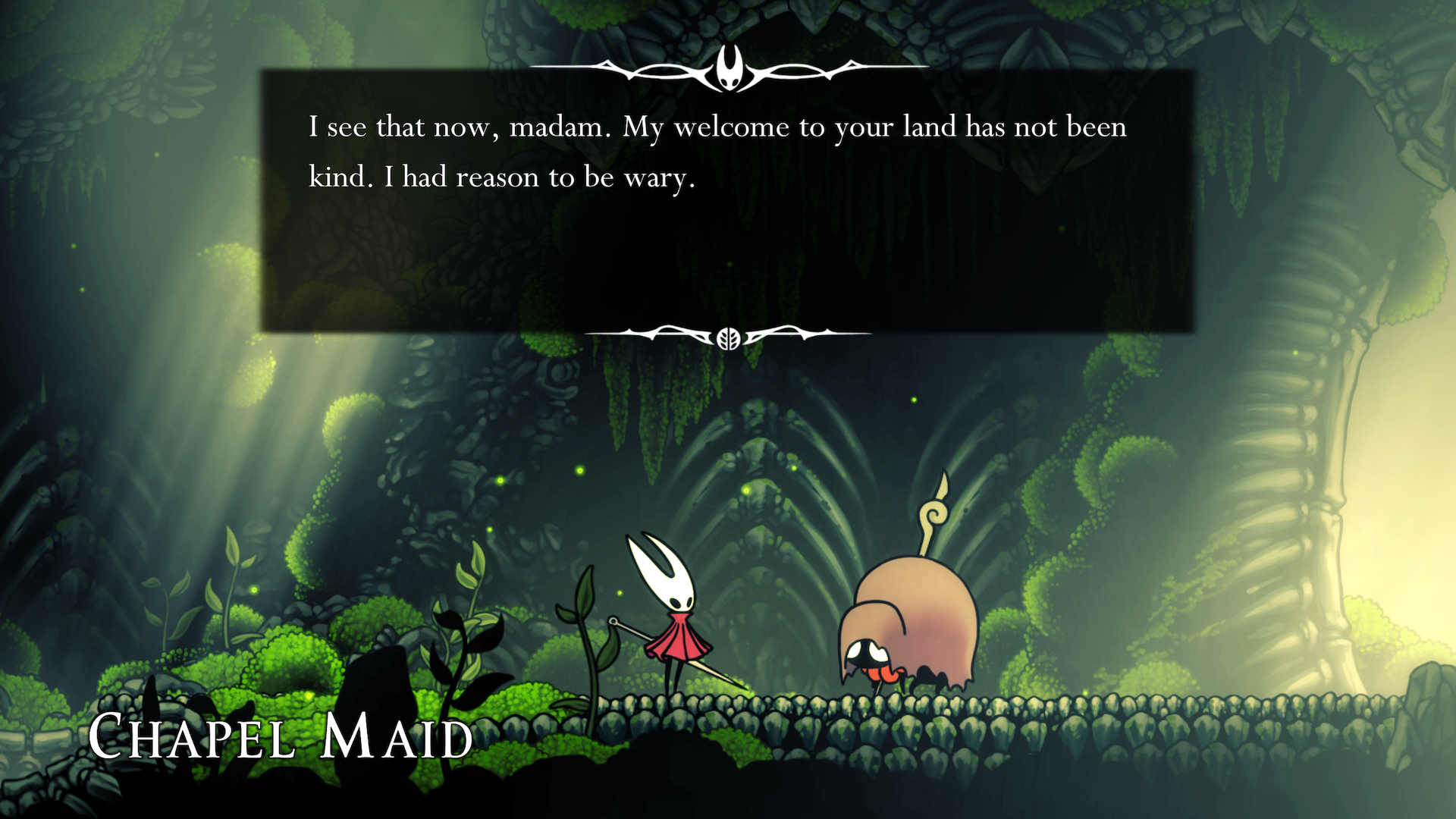
Hornet’s character somewhat reminds me of Starfire from DC comics, she’s kind yet stern and always willing to help those in need while also still being ready to fight at the drop of a dime. These qualities, along with her interactions with various NPCs throughout the game and some well delivered emotional moments make both Hornet as a protagonist as well as Silksong’s story overall stronger than the first game.
When it comes to the gameplay, Team cherry didn’t fix what was broken but rather refined and altered to fit their new protagonist. The difficulty in the first game is present and while at first it did seem like a bit much, it became apparent that I just didn’t understand how this game was supposed to be played in comparison to the first one yet. In the first game while their was alot of dodging, the knight typically got up close and personal and could become a tank by the end of the game. Hornet however is a far more acrobatic and mobile fighter than the knight overall, which is noted by how many flying enemies are in the game and how difficult they can be at first. She also overall has a significantly larger arsenal than the knight due to the various tools she can find throughout the game.
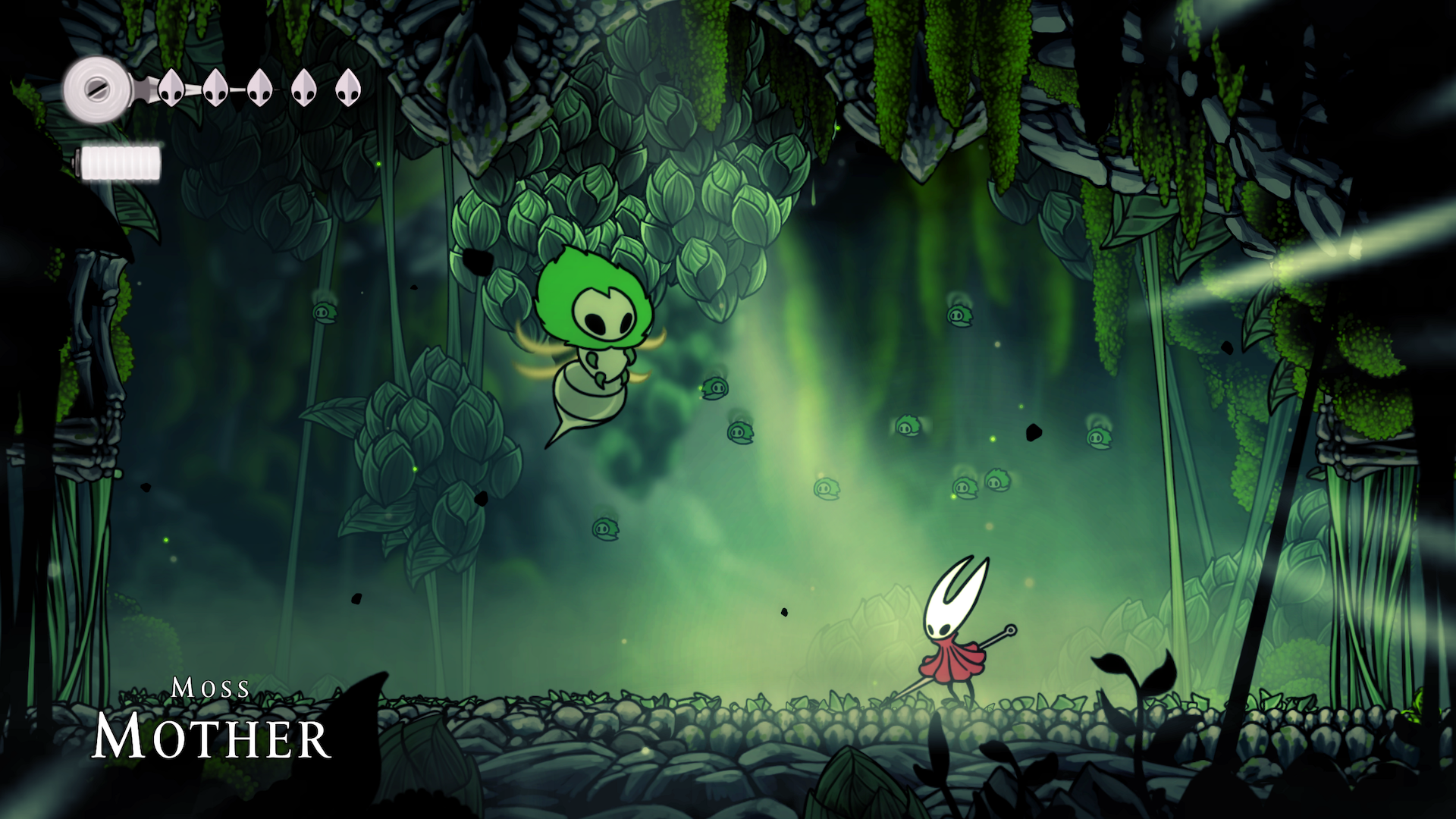
While the game did remain hard, it stopped being frustrating once I understood how to fight and started experimenting with different tools for some of the harder fights. On top of the tools, Hornet also has more than one fighting style to unlock as well, which can also change things as different ones allow different loadouts as well as having different benefits. For example, the default style – The Hunter – has a good mix of speed and range and also has a unique diagonal pogo attack that can function as a second dodge in some cases. Other styles such as The Beast style turn Hornet into a berserker where she attacks with claw swipes and her healing method changes to where she gains health back by attacking enemies.
Each fighting style allows you to carry a different amount of tools, red tools are direct attacks, yellow are more passive things such as saving currency after death and blue often have buffs to healings. One style may have more slots for a specific kind of tool and switching between different loadouts made some fights I initially had trouble feel much easier and it was satisfying to finally see them fall.
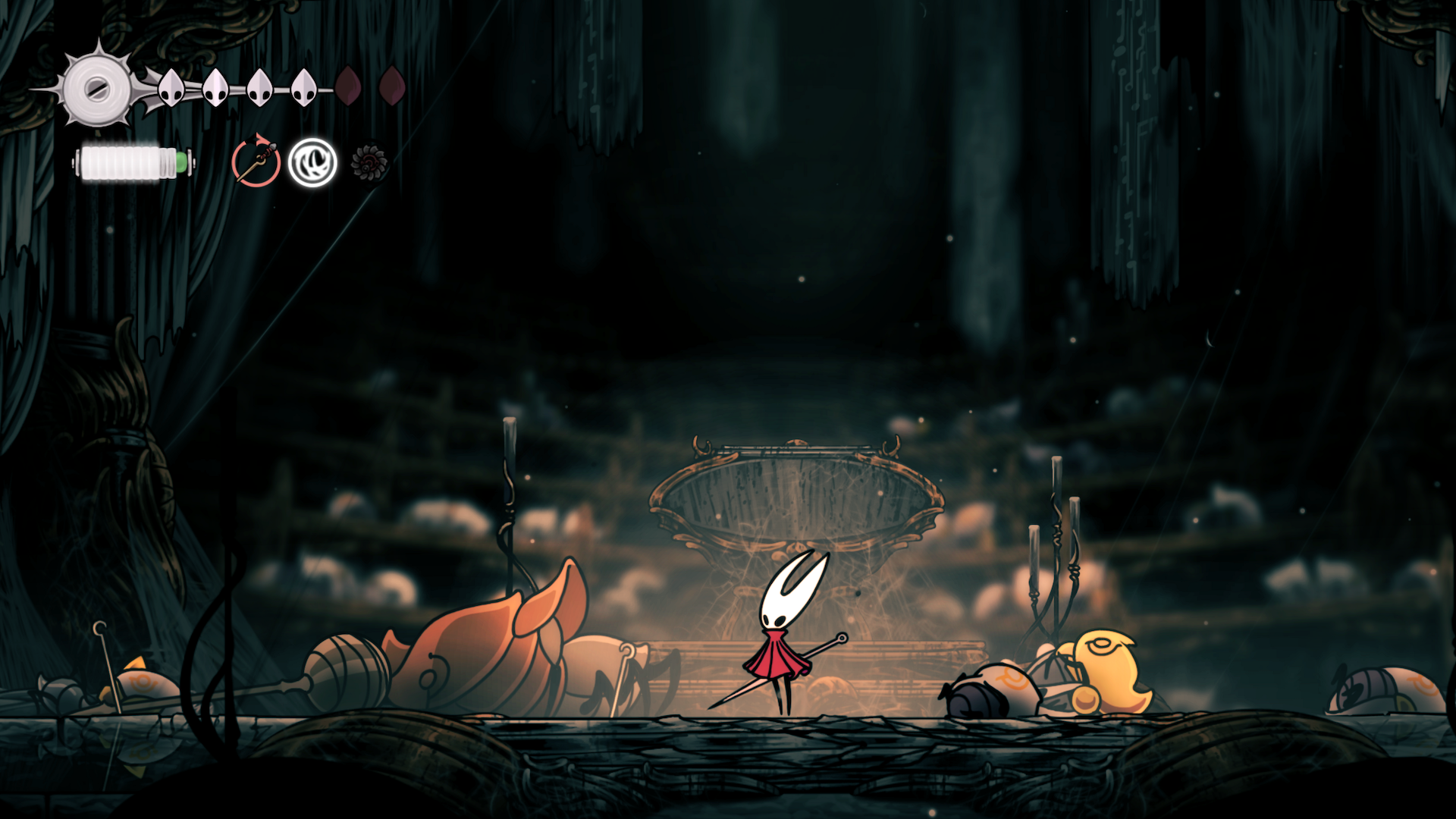
This amount of variation and customization makes Hornet one of the most versatile fighters I’ve played as in a metroidvania game.
Speaking of metroidvania, one of the staples of the genre is exploration and Silksong nails exploration very well. You can reach almost any area in the game as soon as you leave the initial beginning area without most of the abilities. Although word to the wise, tread carefully. Some of Silksong’s early difficulty came from stumbling onto an area I may not have been the best equipped for yet which is why you’re encouraged to explore every area as heavily as you can as you never know when you’ll find something that’ll be a big help for you. Even after seeing two of the game’s endings, there were still whole sections of the game I found after. I also noticed something as I went along that was a smart design to help players understand which areas they may want to avoid first, the higher up on the map the area is, the more difficult it’s likely to be. This is actually a contrast to the first game in which the lower levels were typically more difficult (getting flashbacks to the deep nest).
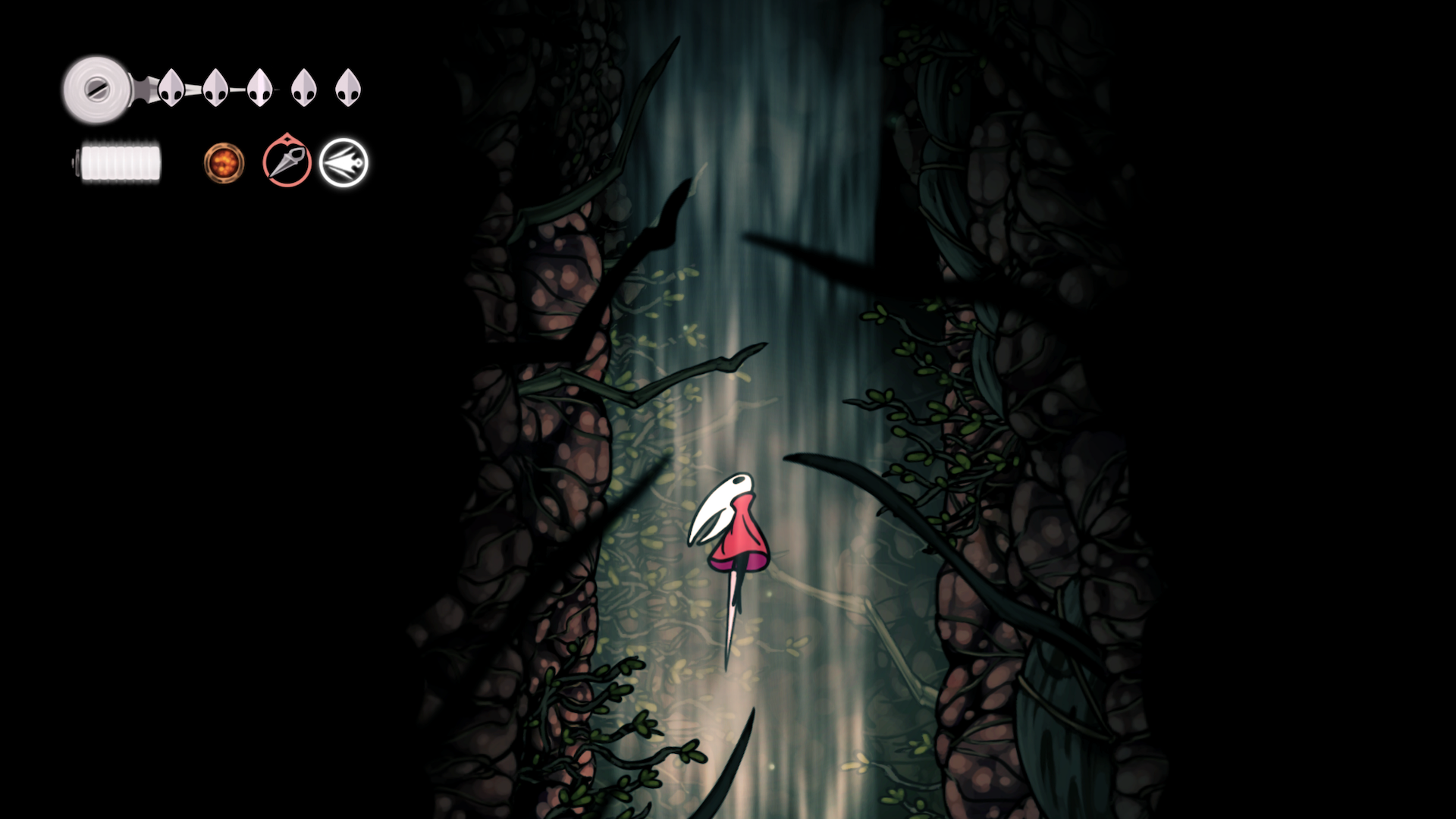
Although the game could’ve gotten by on its main story alone, Silksong also features a more extensive side quest system than the first game. Some of these can be activated by NPCs you find in the field, while others are taken up on message boards in some of the games community spots where other bugs congregate. These quests are worth doing as the rewards are pretty good and they also feature some of the games more challenging bosses. Team Cherry has made a truly content rich game that’s even bigger than the first one and that’s even before any potential DLC has been released.
Lastly, I will speak about the game’s art style. It’s the same unique style seen in the first game but a bit more refined. While the Pharloom is still a bleak Kingdom like Hallownest in the first game, there’s a sense of hope further spread out as many bugs you encounter are on pilgrimages to ascend to the top and remnants of the once beautiful kingdom are still present in some of the game’s levels. With everything from how well animated Hornet is, to the design of the various enemies to the detailed backdrops, I see why it took so long for them to finally release the game. Coupled with the art direction is great sound direction as well. Much like the first game there’s a lot of somber melodies that play throughout but as you get further into the map just sound a bit more hopeful in some areas, while also sounding eerie in some of the more brutal landscapes.
Cons
So I don’t really think Silksong has any big cons but I will say that the game’s difficulty may perhaps be off putting in its early phases, although Team Cherry themselves acknowledged this and has already made adjustments by the time of this review. Otherwise, while no game is perfect, Silksong is just a stellar package from start to finish.
Final thoughts
Hollow Knight: Silksong is a grand step forward from a game that was already excellent. With a stronger protagonist and story, improved mobility and exploration and familiar yet very different combat, as a fan of the first game, by the time the credits rolled, it’s a rare case where I immediately just wanted to keep playing more and more. It’s a game that no one should miss this year through and through.

Hollow Knight: Silksong, released on September 4, 2025, is available on PC, PlayStation 5, PlayStation 4, Xbox Series X/S, Xbox One, Nintendo Switch, and Nintendo Switch 2. It was also a day-one release on Xbox Game Pass for both console and PC.
The game was reviewed on Xbox Series S.
